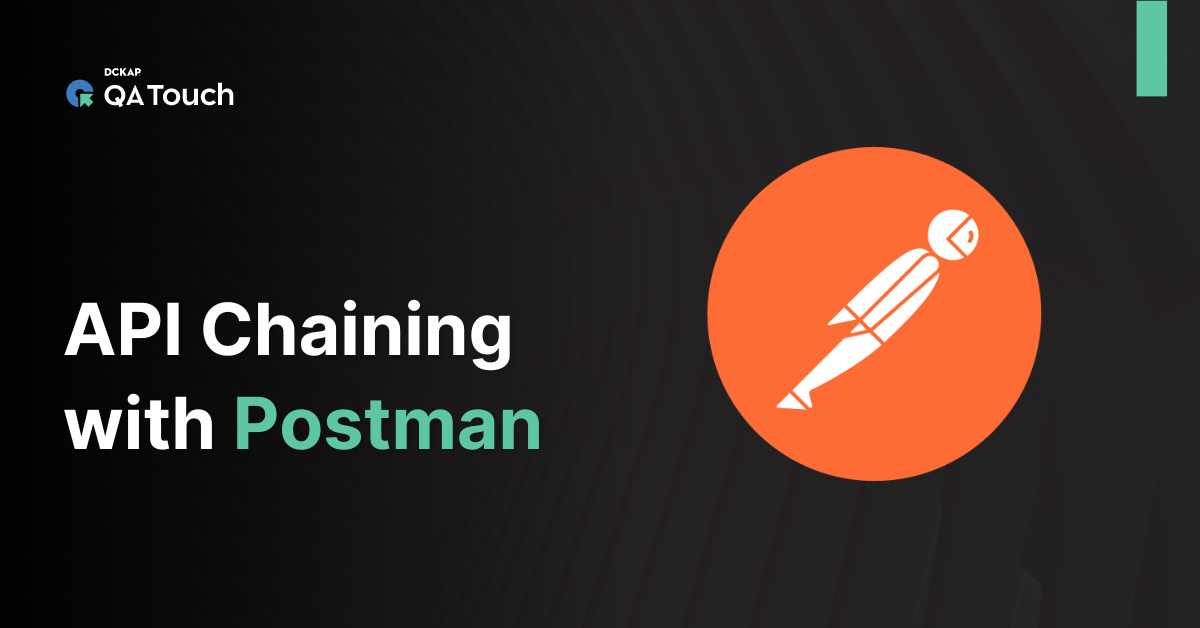“Quality means doing it right when no one is looking.” — Henry Ford.
There is a lot that development and testing teams do behind the scenes to get the quality right. Doing so, these teams would need many tools to aid them in all development and testing processes. As you can read from the title, this blog is all about Jenkins integration and some tools that seamlessly integrate with Jenkins and assist you even better in your daily development and testing. So, without any late, let’s get into the details.
What is Jenkins?
Jenkins is one of the famous open-source Continuous integration tools that many testers and developers swore by (still growing). It’s a server-based tool wholly written in Java and requires a web server like Apache Tomcat and more. This well-known tool is used across so many organizations to test and report isolated modifications in a vast code repository in real-time. With this tool, developers can quickly detect issues and resolve them from the codebase while automating testing the builds.
The tool is so popular because of its ability to effectively monitor the repeated actions (tasks) that arise in project development. Incorporating this tool in the development can help you automate the build and drive faster in the development process. It supports the development cycle, starting from building, testing, documenting, and several other development lifecycle stages. Let’s look at some of its integration. Read below to learn more.
1. Jenkins and Continuous Integration
Should you use Jenkins? And Why?
Jenkins is created to orchestrate and fulfill Continuous Integration. Sticking to the old testing methods is not a good idea always. Modern problems need modern solutions. You would be merely losing your time even after putting in so much effort. To decode it further, let’s learn and understand the advantages and disadvantages of continuous integration with Jenkins.
Advantages of Jenkins:
- First things first, it is created by developers for developers.
- Jenkins is one such tool that believes in openness and takes so much feedback from the public to make Jenkins more reliable. (this they do it every month)
- Jenkins sets out new stable releases every three months.
- They function with many robust plugins, and most of them can’t live without type (they grow with tech, and so they stay in trend).
You can also deploy Jenkins on a cloud-based platform as it impressively supports cloud-based architectures.
Even the powerful tools like Jenkins can’t escape the world of cons.
Let’s talk about the disadvantages:
- The first thing that we see in any tool is the interface; how easy and friendly it is. Unfortunately, the tool’s interface is a little old-fashioned (out-dated).
- It’s a little complex to maintain the tools and requires skills to monitor different activities on the tool.
- People find it challenging to install the tool (the start of complexities begins here).
- The continuous integration regularly comes to a halt if there is a change in the settings.
- Despite these difficulties, Jenkins remains one of the hot favorites for the developers.
- Overall, Continuous testing heavily contributes to reviewing the business risk coverage for any organization working towards good quality delivery.
2. Jenkins integration with Jira
First and foremost, this integration is famous for providing a simple, secure, free, and reliable way to connect the Jenkins server (which is running behind the firewall and Jira Software Cloud or Jira Service Management Cloud).
It is convenient when it comes to adding visibility and proper context on issues in detail that are in Jira (providing the up-to-date status or if the work has been deployed to an environment).

In addition to that, you can also use this info for searching across issues using the JQL (Jira Query Language). By doing so, you can effortlessly answer questions like “which issues are deployed to an environment from the apparent sprint). Also, you can use these filters on your boards.
3. Jenkins integration with Slack
Slack is a messaging application that people use to communicate effectively and connect all the software tools to do their best job. It’s a channel-based secure chat software with an enterprise-grade environment. Now with its integration with Jenkins, one can send specific notifications to specific teams.
- To improve the Continous Integration pipeline a little more, you need something that informs and aware you if something goes wrong.
- The slack integration with Jenkins does the same, giving you the ability to react to build failures faster.
- Several organizations approach this integration to share information and provide discussion chat rooms according to their customers, projects, etc.
4. QA Touch integration with Jenkins
QA Touch is a free modish Test Management tool made for smart developers and testers to assist them with faster and effective test quality. Now, this tool integrates with 16 predominant tools and one of which is Jenkins. Here’s what’s so beneficial about this integration that out loves so much.
- Offers enhanced test automation.
- QA Touch can sync the test automation results from Jenkins to QA Touch and update the status.
- Automatic updates on your test results, so you feel your testing is more simplified, agile, and integrated.
5. Jenkins with GitHub
Jenkins is a very sought-after and known to be a provider of internet hosting services for software development and version control through Git. It also furnishes source code management and distributed version control. Now, let’s look at what makes this integration so good with Jenkins.
- First, Jenkins does a scan on your entire GitHub and makes a pipeline job for every repository with Jenkisfile.
- A Jenkinsfile is a text file that defines the whole process of building, testing and deploying the project using Jenkins.
- Once a new pull request is created, Jenkins will perform the pipeline and report that status to GitHub, stating if failed or successful.
- It will let you automate tests and run a build to merge only the best code possible. So, the teams can catch the bugs early on and build better software.
6. Jenkins integration with Selenium
Another prominent open-source software that testers express confidence in. It’s a compact framework used in the testing of web applications. It offers a playback tool to author functional testing without a need to learn test scripting language. Besides, it enables the automation of websites, apps across several operating systems and browsers. Let’s now discuss the Selenium integration with Jenkins.
- Having Selenium tests in Jenkins lets you run the tests each time the software modifies and deploys it to a new environment (after the test pass).
- Via Selenium, you can schedule your tests to run at any time you want.
- Next, you can also save the Test reports and execution history.
Likewise, there are not one or two but so many tools that integrate with Jenkins and support your development and testing processes. If you need more information on different platforms that integrate with Jenkins or any software tool, let us know.
We would be happy to cover that up for you. And if you like the content and want to learn more on such topics, what are you waiting for? Hit the subscribe to blog button, and we’ll silently ping you when we get something interesting published here. Also follow us on social media to stay updated on the recent trends in development and testing in the most fun way possible.











